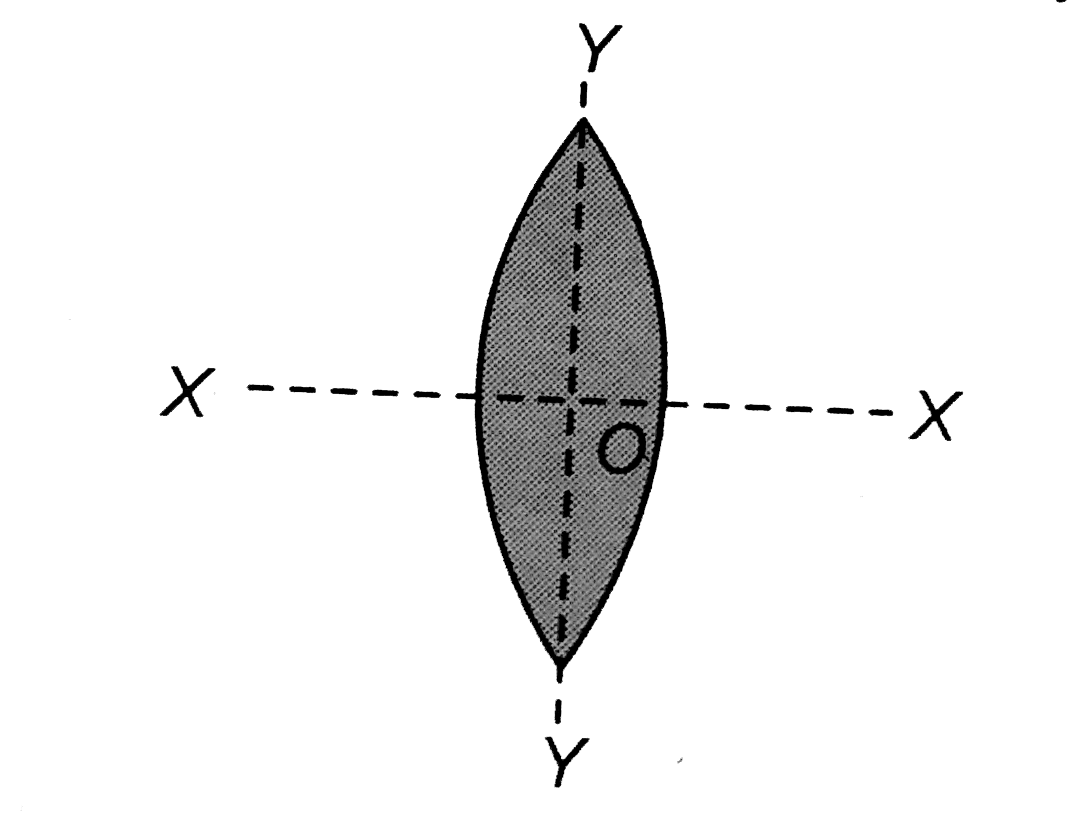Choose the correct statements from the following
A body will sink in a liquid if its weight is equal to or greater than the weight of the liquid displaced by it.
A body will float in a liquid if its weight is equal to or less than the weight of liquid displaced by it.
When a body floats in a liquid, the portion of the body above the surface of the liquid is independent of the density of the body relative to that of the liquid.
In still air, a hydrogen filled balloon rises up to a certain height and then stops rising.
The correct Answer is:B, D
The option a is incorrect. A body will sink if its weight is greater than the upthrust. Option b is correct. Option c is incorrect. Option d is correct. The density of hydrogen is less than that of air. Therefore, initially, the balloon rises because the upthrust due to air is greater than the weight of the hydrogen filled balloon. The density of air decreases, as we go up. Therefore, the upthrust on the balloon also decreases. It will stop rising when it attains a height at which the upthrust becomes equal to its own weight.
Topper's Solved these Questions
- FLUID MECHANICSBook:CENGAGE PHYSICS ENGLISHChapter:FLUID MECHANICSExercise:Assertion-Reasoning
Explore 8 Videos
- FLUID MECHANICSBook:CENGAGE PHYSICS ENGLISHChapter:FLUID MECHANICSExercise:Linked Comprehension
Explore 43 Videos
- FLUID MECHANICSBook:CENGAGE PHYSICS ENGLISHChapter:FLUID MECHANICSExercise:Single Correct
Explore 95 Videos
- DIMENSIONS & MEASUREMENTBook:CENGAGE PHYSICS ENGLISHChapter:DIMENSIONS & MEASUREMENTExercise:Integer
Explore 2 Videos
- GRAVITATIONBook:CENGAGE PHYSICS ENGLISHChapter:GRAVITATIONExercise:INTEGER_TYPE
Explore 1 Video
Similar Questions
An equiconvex lens is cut into two halves along (i)XOX′ and (ii)YOY′ as shown in the figure. Let f,f′f'' be the focal lengths of the complete lens, of each half in case (i), and of each half in case (ii), respectively
Choose the correct statement from the following

View SolutionChoose the correct statement from the following
View Solution
Knowledge Check
Choose the correct statement from the following.
ACleistogamous flowers always exhibit autogamyBChasmogamous flowers always exhibit geitonogamyCCleistogamous flowers exhibit both autogamy and geitonogamyDChasmogamous flowers never exhibit autogamy
Choose the correct statement from the following:
View SolutionChoose the correct statement from the following.
View SolutionChoose the correct statement from the following.
View SolutionChoose the correct statement from the following
View SolutionChoose the correct statement from the following .
View SolutionChoose the correct statement from the following .
View SolutionChoose the correct statement from the following .
View Solution
